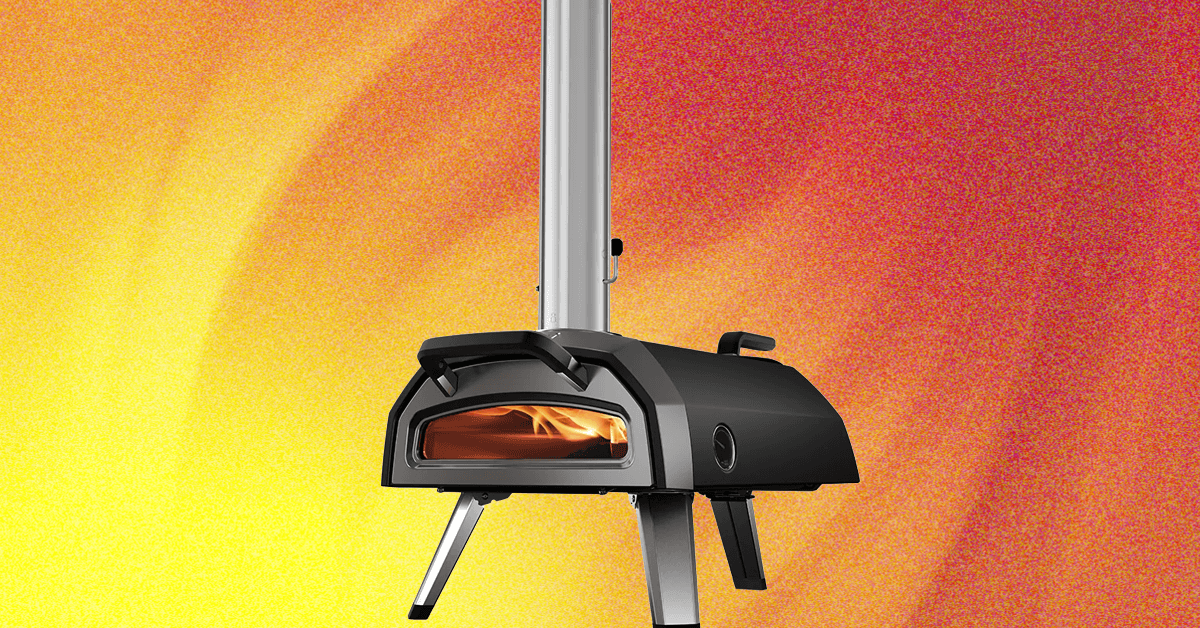Goodbye to old-fashioned toys, the time for "IA Toys" has already arrived.

The day will come when AI chooses us, not the other way around. Christmas is approaching, and with it the specter of "next-gen" toys, those with artificial intelligence built in. The doubt is legitimate, not as a denial of the future, but rather because we need to think much more deeply about the consequences of giving an "AI toy," as it's already called overseas, instead of a simple, yet evergreen, soulless puppet.
According to analysts at Future Marketing Insights, the smart toy market closed 2024 at $2.2 billion, with a 14% growth forecast between now and 2034. "Many people still don't understand the benefits of smart toys," they say, "with skepticism largely due to fears of data and privacy breaches." Thus, the success rate will depend not so much on the toy itself but on how the confidentiality of the data generated by its use is preserved.
A prime example is Grok, designed to communicate with children through the integration of artificial intelligence. This product marks the debut of Silicon Valley-based startup Curio, which has chosen to implement OpenAI technology to create a new range of interactive toys. The choice of the name Grok, a reference to X's AI, is no coincidence: behind the project is Claire Boucher, Elon Musk's ex and mother of his three children. Grok is also intended to be a way to reduce children's dependence on smartphone or tablet screens. It does so behind a project that is too vague in terms of the security of shared information. Suffice it to say that some of those who purchased it removed the internal part containing the chip, speaker, and microphone. At that point, a real stuffed animal would have been better.
The WowWee MiP is an interactive, multifunctional toy robot, best known for its ability to self-balance on two wheels thanks to internal gyroscopes and a unique pendulum system. Its primary interaction is through Gesture Sense technology, which allows it to respond to hand movements and swipes, allowing the user to control it in different directions without the need for a remote control. It communicates through its own invented language (“MiPish”) and offers seven different play modes that can be selected by rotating one of its wheels, with the color of the LED on its chest indicating the active mode, such as balancing or dancing. Its functionality can also be expanded by downloading a free smartphone app that enables remote control. Newer versions, such as the MiP Coder or MiP Arcade, offer the ability to program movement sequences. This feature is an educational introduction to the concept of artificial intelligence, allowing users to “instruct” the robot to behave as desired.
From China comes the Ebo Air S2, the sequel to a successful series of Enabot products. Conceived partly as a webcam that moves around the house on two wheels and partly as a smart toy, it can enable a special skill to communicate with Alexa and ChatGpt. In the latter case, the use is essentially the same as the AI voice chats we use on smartphones, except that here the robot speaks to us and follows us around the house, just like a real domestic companion. What's worrying is the presence of a front-facing camera, necessary for use as a webcam, which, combined with the AI algorithms, could seriously jeopardize the privacy of those around it. Completing the picture is the awareness of a Shenzhen-based company, and therefore of the not always transparent manipulation of the data it collects.
ilsole24ore




